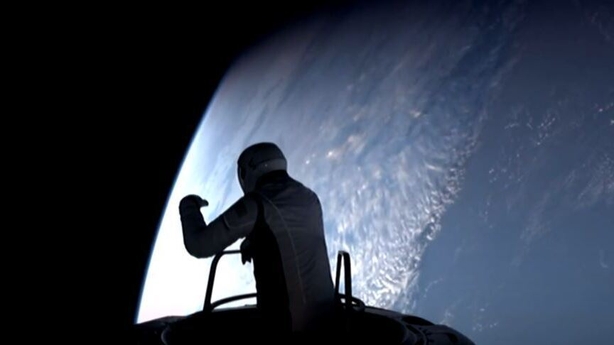The SpaceX Polaris Dawn mission, which made history when its crew conducted the first spacewalk by non-government astronauts, splashed down off the coast of Florida in the US early today.
The Dragon spacecraft landed in the ocean at 3:37am (07:37am Irish time), a webcast of the splashdown showed, with a recovery team deploying in the pre-dawn darkness to retrieve the capsule and crew.
The capsule was lifted from the water and onto the recovery vessel half an hour later.
After brief medical checks, a smiling and waving SpaceX engineer Anna Menon was the first of the crew to exit, followed by engineer Sarah Gillis, pilot Scott Poteet and commander Jared Isaacman. A helicopter was due to transport them to land.

The four-member team led by fintech billionaire Mr Isaacman launched on Tuesday from the Kennedy Space Centre, quickly journeying deeper into the cosmos than any humans in the past half century as they ventured into the dangerous Van Allen radiation belt.
They hit a peak altitude of 1,400kms - more than three times higher than the International Space Station and the furthest humans have travelled from Earth since the Apollo missions to the Moon.
Then on Thursday, with their Dragon spacecraft's orbit brought down to 698km, Mr Isaacman swung open the hatch and climbed out into the void, gripping a structure called "Skywalker" as a breathtaking view of Earth unfolded before him.
"SpaceX, back at home we all have a lot of work to do, but from here, Earth sure looks like a perfect world," he told mission control in California.

He went back inside after a few minutes and was replaced by a second astronaut, SpaceX engineer Ms Gillis, who, like Mr Isaacman, performed a series of mobility tests on SpaceX's next-generation suits.
Since Dragon does not have an airlock, the entire crew were exposed to the vacuum of space.
Mission pilot Mr Poteet and SpaceX engineer Ms Menon remained strapped in throughout as they monitored vital support systems.
It marked a "giant leap forward" for the commercial space industry, said NASA chief Bill Nelson, as well as another achievement for SpaceX.
Though the company was only founded in 2002, it has outpaced its legacy competitors thanks in large part to founder Elon Musk's vast fortune and zeal to begin the colonisation of Mars.
Since completing their extra-vehicular activity, the crew have continued to carry out roughly 40 science experiments - for example inserting endoscopic cameras through their noses and into their throats to image their airways and better understand the impact of long-duration space missions on human health.
They also demonstrated connectivity with SpaceX's Starlink internet satellite constellation by sending back to ground control a high-resolution video of Ms Gillis playing Rey's Theme by Star Wars composer John Williams on the violin.
Polaris Dawn is the first of three missions under the Polaris programme, a collaboration between Mr Isaacman and SpaceX.
Financial terms of the partnership remain under wraps but Mr Isaacman, the 41-year-old founder and CEO of Shift4 Payments, reportedly put $200 million (€180 million) of his own money into leading the 2021 all-civilian SpaceX Inspiration4 orbital mission.
The final Polaris mission aims to be the first crewed flight of SpaceX's Starship, a prototype next-generation rocket that is key to Mr Musk's interplanetary ambitions.
